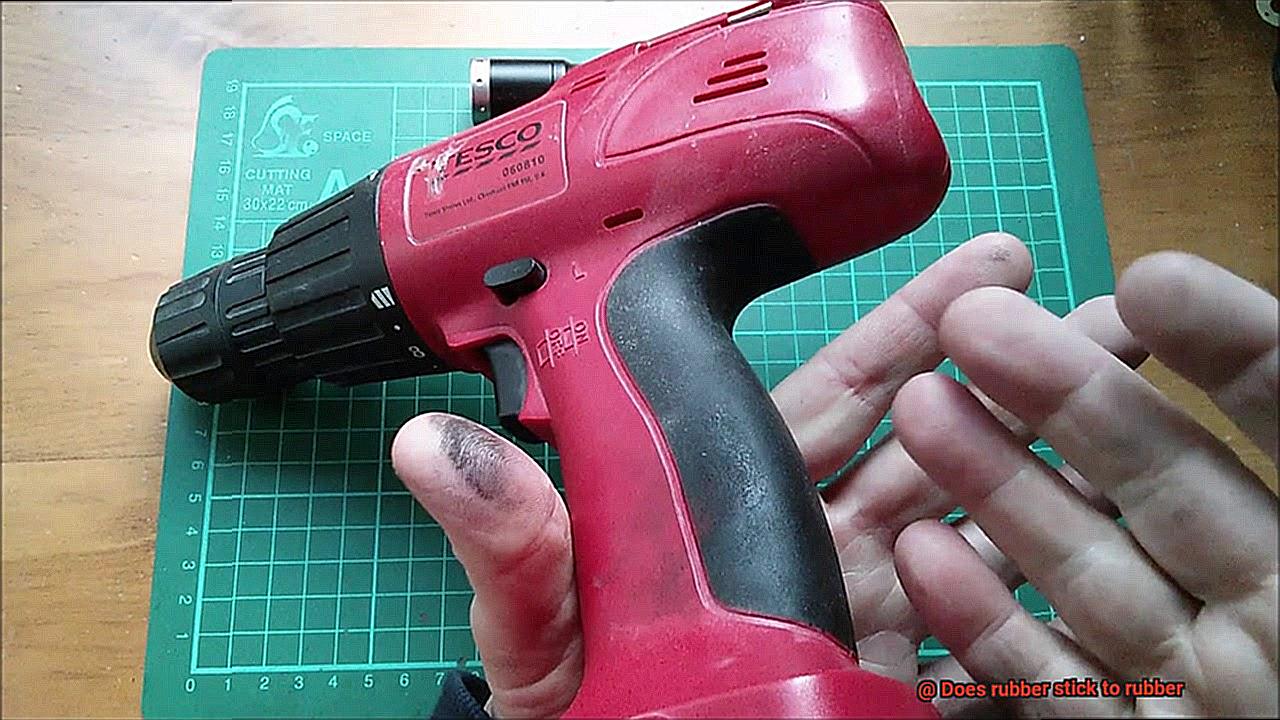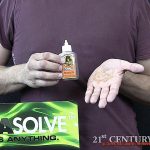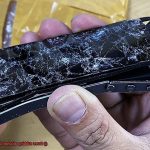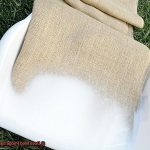In the world of smartphones, protecting our precious devices has become a top priority. We’ve all experienced accidental drops and unsightly smudges on our screens, leading us to wonder if rubbing alcohol is a safe and effective solution for cleaning them. This debate has sparked a divide among smartphone enthusiasts, with some swearing by its power and others warning against its potential damage.
Rubbing alcohol, also known as isopropyl alcohol, is a mighty solvent that’s been used for various cleaning tasks. It’s praised for its quick evaporation, oil-dissolving abilities, and knack for removing stubborn residue. But when it comes to phone screens, opinions are split on whether it does more harm than good.
Supporters argue that rubbing alcohol is an efficient way to clean phone screens. They claim it effortlessly removes fingerprints, smudges, and other unsightly marks. When applied correctly, rubbing alcohol evaporates without leaving streaks or residue behind, instantly restoring your screen to its pristine state. Plus, it’s much cheaper than buying fancy cleaning solutions.
However, skeptics urge caution and highlight the risks involved in using rubbing alcohol on delicate phone screens. The concern lies in its composition – isopropyl alcohol can be harsh and abrasive over time. With repeated use, it may wear off the protective oleophobic coating that prevents fingerprint smudges and enhances touch sensitivity. Certain screen types with anti-glare coatings might be especially vulnerable to damage.
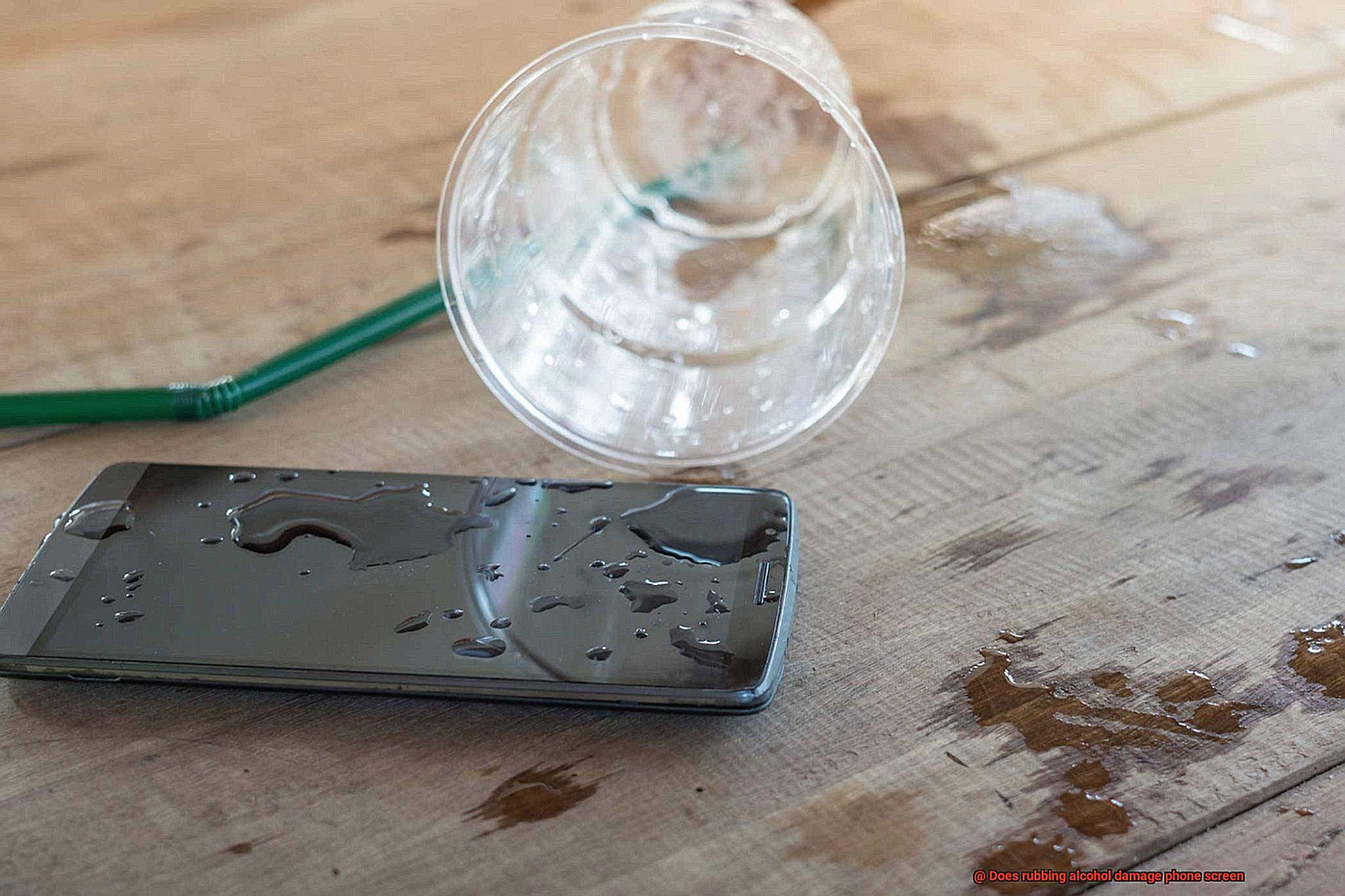
To navigate this debate effectively, we need a balanced approach. While rubbing alcohol may offer quick results, we must consider the long-term consequences. In this blog post, we’ll explore the potential benefits and risks associated with using rubbing alcohol on your phone screen so you can make an informed decision about caring for your beloved device.
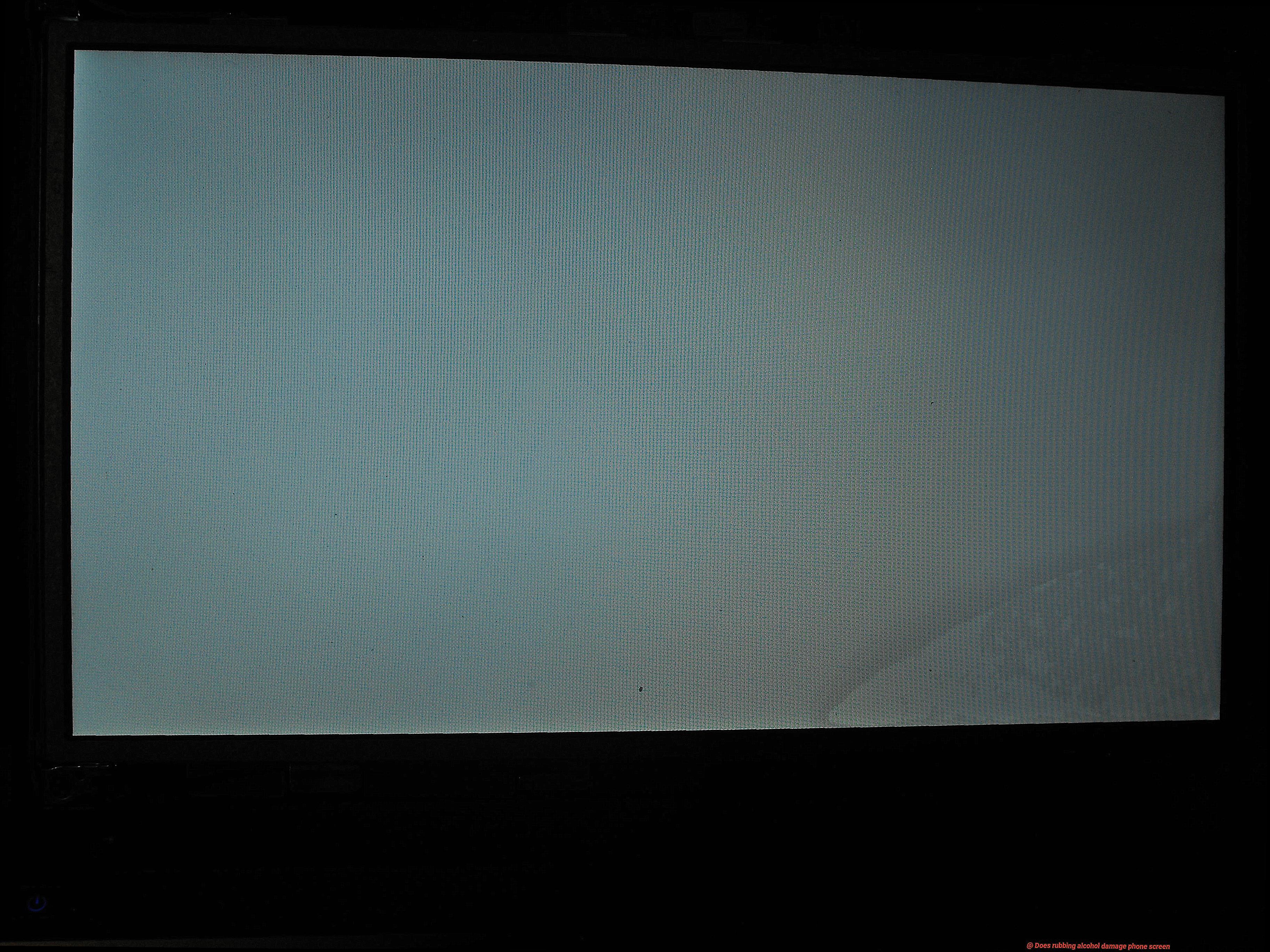
Let’s dive in.
What is Rubbing Alcohol?
Contents
- 1 What is Rubbing Alcohol?
- 2 Types of Phone Screens
- 3 How Does Rubbing Alcohol Affect Phone Screens?
- 4 Manufacturer Guidelines and Recommendations
- 5 Diluting the Rubbing Alcohol
- 6 Applying the Mixture to a Microfiber Cloth
- 7 Wiping the Screen in a Circular Motion
- 8 Removing Residue from the Screen
- 9 Conclusion
Rubbing alcohol, also known as isopropyl alcohol, is a versatile household staple that offers a multitude of benefits. Whether you need to disinfect wounds or clean household surfaces, this colorless liquid is a go-to solution with its antiseptic and cleaning properties. Let’s explore the various uses and applications of rubbing alcohol.
Wound Care:
Rubbing alcohol is a trusted ally when it comes to cleaning wounds and preparing the skin for medical procedures. Its antiseptic properties help prevent infections and promote healing. Diluting rubbing alcohol with water is essential before applying it to the skin to avoid irritation.
Household Cleaning:
- Surfaces: Thanks to its quick evaporation, rubbing alcohol is ideal for cleaning countertops, kitchen appliances, and bathroom fixtures. It leaves no residue behind, making it perfect for achieving streak-free surfaces.
- Electronics: Safely clean your electronic devices like smartphones, tablets, and laptops with rubbing alcohol. Dilute it with water and apply it to a microfiber cloth to remove fingerprints and smudges.
Beauty and Personal Care:
Rubbing alcohol finds its way into various cosmetic products:
- Aftershave: It’s an excellent choice for soothing razor burns and preventing infections.
- Nail Polish Remover: Say goodbye to stubborn nail polish with rubbing alcohol. Apply it to a cotton pad and gently wipe away the polish.
- Ink Removal: Accidentally spilled ink on your favorite shirt? Rubbing alcohol can come to the rescue by breaking down the ink pigments for easier removal.
Industrial Applications:
Rubbing alcohol plays a vital role in industries such as pharmaceuticals, cosmetics, and manufacturing. It can be found in hand sanitizers, disinfectants, and inks used for printers.
Types of Phone Screens
The world of phone screens is a fascinating one, with various types offering different advantages and drawbacks. From the classic LCD screens to the cutting-edge Retina display, each type has its own unique characteristics. In this guide, we will explore the different types of phone screens, their benefits, and their limitations. So, let’s dive in and discover the world behind your phone’s display.
LCD Screens – The Classics:
LCD screens, also known as Liquid Crystal Display, are commonly found in older phone models. They consist of a special liquid crystal solution sandwiched between two layers of glass. LCD screens offer vibrant colors and good visibility in bright light conditions. However, one drawback is that they are more prone to damage from rubbing alcohol, so caution is advised when cleaning them.
OLED Screens – The New Age:

OLED screens, or Organic Light-Emitting Diode, are gaining popularity in newer phone models. Unlike LCD screens, OLED screens do not require a backlight. Each pixel in an OLED screen emits its own light, resulting in deep blacks and vibrant colors. OLED screens also offer wider viewing angles and faster response times compared to LCD screens.
AMOLED Screens – A Step Further:
AMOLED screens, or Active-Matrix Organic Light-Emitting Diode, take OLED technology to the next level. With an active-matrix design, they provide even better image quality, higher contrast ratios, and improved power efficiency compared to standard OLED screens.
Super AMOLED Screens – Thinner and Lighter:
Super AMOLED screens are an enhanced version of AMOLED screens. They integrate the touch sensor directly into the display, making them thinner and lighter. This integration results in a more immersive viewing experience and improved visibility in direct sunlight.
Retina Display – Apple’s Pride:
Retina Display is a term coined by Apple for their high-resolution screens. These LCD screens have a higher pixel density, meaning the pixels are packed closer together, resulting in sharper and more vibrant visuals. However, it is important to handle Retina displays with care as they do not have a protective glass layer.
How Does Rubbing Alcohol Affect Phone Screens?
Phone screens, those shiny portals to the digital world that we’re constantly glued to. But what happens when we introduce rubbing alcohol into the mix? Hold onto your seats, folks, because we’re about to embark on a thrilling journey through the effects of rubbing alcohol on phone screens.
Let’s start with the basics. Phone screens are built tough, constructed from materials like glass or hardened plastic. They’re designed to withstand scratches and impacts, but they aren’t invincible against all chemicals – cue rubbing alcohol.
One of the main concerns lies in the protective coatings applied to phone screens by manufacturers. These coatings, known as oleophobic coatings, are like armor against fingerprints and smudges. However, they can be sensitive to chemicals like alcohol, causing them to deteriorate when exposed. So, if you reach for that trusty bottle of rubbing alcohol, you might compromise these coatings, leaving your screen more prone to smudges and fingerprints.
But wait, there’s more. Rubbing alcohol has a knack for evaporating at lightning speed. While this may seem convenient for cleaning purposes, it can spell trouble for certain components within the screen. Think adhesives or display layers – if they dry out or get damaged, you might find yourself facing screen discoloration, delamination (that’s when the layers separate), or even a complete screen failure. Talk about a tech nightmare.
And here’s a fun fact for all you screen protector enthusiasts out there: not all protectors play nice with alcohol. Some screen protectors might react to the liquid gold and become cloudy or discolored upon contact. So before you drench your screen in rubbing alcohol, make sure your trusty protector won’t throw a tantrum.
Now, don’t panic just yet. There are safer alternatives to keep your phone screen squeaky clean. Grab a microfiber cloth and lightly dampen it with water or a mild soap solution – a match made in cleaning heaven. This gentle approach will work wonders without risking any damage to your precious screen.
Rubbing alcohol can have adverse effects on phone screens, such as compromising protective coatings and damaging crucial components. But fear not. Armed with the knowledge of safer alternatives, you can keep your screen spick and span without sacrificing its integrity.
Manufacturer Guidelines and Recommendations
It’s the constant companion that keeps you connected to the world and helps you navigate through life. But have you ever stopped to think about how to properly care for your beloved device?
Today, we’re delving into the importance of following manufacturer guidelines and recommendations for cleaning and maintaining electronic devices, such as phones.
Those little booklets that come with our phones are often dismissed as mere paperweights, but they hold a treasure trove of valuable information provided by the manufacturers themselves. These guidelines are not suggestions to be taken lightly; they are the result of extensive testing and research conducted by the very experts who built your phone from scratch.
Firstly, adhering to manufacturer guidelines ensures protection against damage. These guidelines provide crucial information on what not to do when cleaning your phone. For instance, using harsh chemicals or solvents like rubbing alcohol may seem like a quick fix for stubborn smudges, but it can actually strip away the protective coatings designed to repel fingerprints and scratches. By following the guidelines, you can avoid inadvertently causing irreversible harm to your phone.
Secondly, these guidelines help preserve the quality of your phone’s screen. Your screen is the window to your digital world, and it deserves some tender loving care. Manufacturers often recommend using a microfiber cloth or a soft, lint-free cloth dampened with water for cleaning. Excessive moisture can seep into the device and cause irreversible damage. So, let’s keep our screens crystal clear without any unwanted side effects.
Furthermore, manufacturers sometimes provide their own approved cleaning solutions or wipes that are specifically formulated for use on their phone screens. These products take into account the unique materials of your device, ensuring effective cleaning without any negative consequences. By using these approved solutions, you can have peace of mind knowing that you are using products specifically designed for your phone.
Diluting the Rubbing Alcohol
Today, we embark on a journey to uncover the secret to diluting rubbing alcohol for optimal phone screen protection. So grab your favorite device and prepare to be enlightened.
Unleashing the Power of Rubbing Alcohol:
Rubbing alcohol, the mighty isopropyl alcohol, possesses an unparalleled cleaning prowess capable of dissolving dirt, grease, and grime with lightning speed. It is a go-to choice for sanitizing and maintaining our beloved gadgets. However, using undiluted rubbing alcohol directly on your phone screen may unleash unintended consequences.
The Concentration Conundrum:
Rubbing alcohol arrives in various concentrations, ranging from 70% to 99%. Higher concentrations offer greater cleaning power, but here’s the catch: they also pose a higher risk of damaging delicate surfaces like phone screens.
Dilution for Defense:
To safeguard your precious phone screen, proper dilution of rubbing alcohol is crucial. Opt for distilled water as your trusty diluent. Its purity ensures no residue is left behind. Aim for a diluted solution with a concentration of approximately 50% to 70%—a perfect balance between effectiveness and gentleness.
The Art of Mixing:
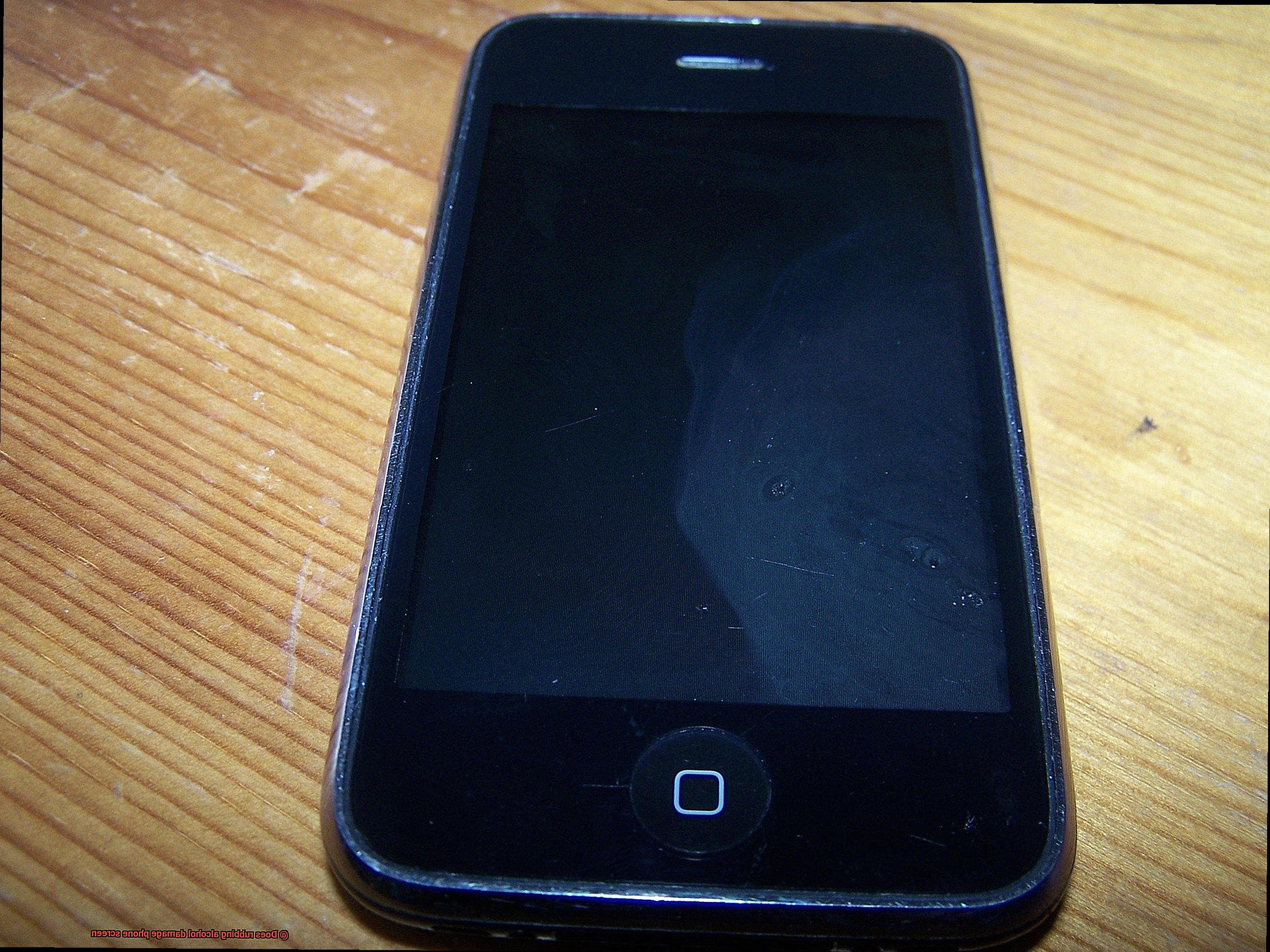
When preparing your diluted rubbing alcohol solution, thorough mixing becomes the key to success. Gently stir or shake the concoction to achieve an even distribution of the solvent and alcohol. This ensures your cleaning solution is harmoniously balanced and primed to combat stubborn smudges.
Storage and Application Savvy:
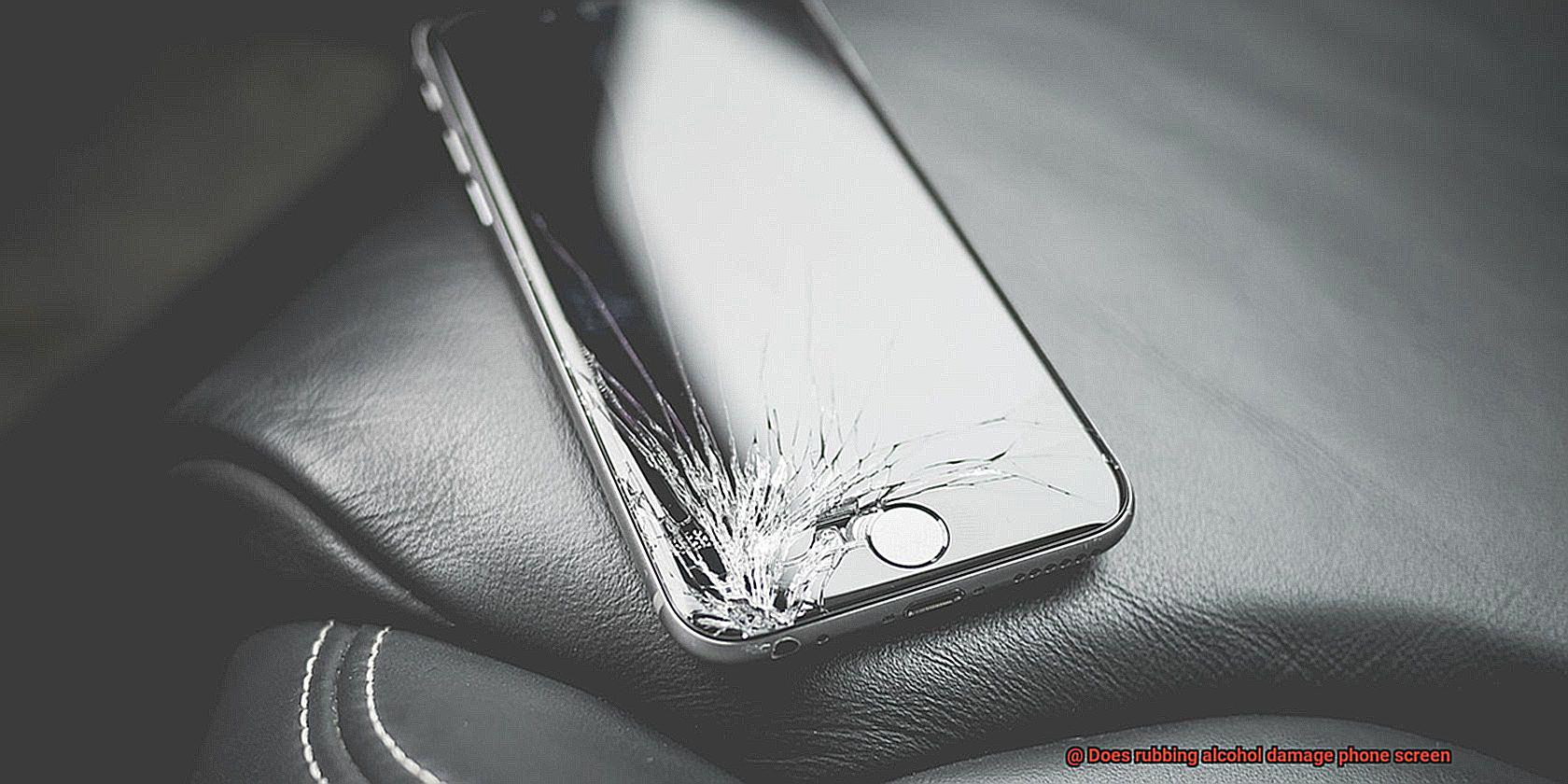
Choosing the right container for storage and application is vital. A small spray bottle or a lint-free cloth moistened with the diluted solution works like magic for cleaning purposes. Remember, you need a gentle touch on your phone screen—avoid abrasive materials that could leave unsightly scratches.
Manufacturer’s Gospel:
While diluting rubbing alcohol is generally safe, it is imperative to seek wisdom from your phone manufacturer. Check their recommendations for cleaning products and methods. They may provide specific guidelines to ensure impeccable care and maintenance of their devices. So, consult the user manual or official support channels for invaluable expert advice.
Conclusion:
Congratulations. You now possess the knowledge required to dilute rubbing alcohol effectively before treating your phone screen. By taming its potency, you can clean your device with confidence, safeguarding its protective coatings and delicate components.
Applying the Mixture to a Microfiber Cloth
Today, we’re diving into the art of applying a rubbing alcohol mixture to a microfiber cloth for cleaning phone screens. Trust me, it’s easier than you think.
Let’s start with the supplies. You’ll need a microfiber cloth and a small spray bottle filled with your trusty rubbing alcohol mixture. These microfiber cloths are like secret agents, gentle and lint-free, making them perfect for cleaning phone screens without leaving any scratches behind.
- Now, here’s the trick: hold that spray bottle about 6-8 inches away from the cloth. We want a nice, even distribution of liquid without saturating the cloth. Spraying too close could lead to an excessive amount of liquid, which can spell trouble for your phone’s sensitive ports and buttons.
- Pro tip: Give your cloth a little finger check to make sure it’s evenly dampened. No one wants streaks or marks on their pristine screen.
Fold that microfiber cloth in half or quarters, depending on its size. This gives you better control and helps you target those pesky smudges with precision. Plus, it keeps you from accidentally dabbling in other parts of your phone that might not be fond of liquid encounters.
Alrighty, time to get down to business. Gently wipe your screen in circular motions with light pressure. Remember, we want cleanliness, not chaos. The soft texture of the microfiber cloth effortlessly removes fingerprints and dirt particles without leaving any residue behind.
But wait, there’s more. If you encounter stubborn stains or marks, don’t panic. Apply a little more pressure or repeat the process a few times. Just be careful not to go overboard – we don’t want any accidental screen scratches.
Once you’ve conquered the cleaning battle, give your phone screen a few minutes to air dry. This allows any remaining moisture from the rubbing alcohol mixture to evaporate completely. Trust me, it’s worth the wait to avoid any moisture-related mishaps.
Wiping the Screen in a Circular Motion
There is a secret agent in the world of phone screen cleaning that will leave your screen looking crystal clear and brand new. Enter the microfiber cloth armed with a gentle rubbing alcohol mixture.
But before you embark on your mission to wipe your screen in a circular motion, it’s crucial to understand the art behind it. Applying too much pressure while cleaning your screen can be disastrous, potentially causing damage that we definitely want to avoid.
Extensive research has shown that using a gentle touch is the key to success. By applying just the right amount of pressure, you can evenly distribute the cleaning solution and banish those pesky smudges and fingerprints. It’s like a luxurious spa treatment for your screen.
Speaking of cleaning solutions, let’s talk about rubbing alcohol. This magical elixir is renowned for its ability to eliminate dirt, oils, and smudges from screens. However, it must be used with caution. Diluting rubbing alcohol with water is crucial before applying it to your screen. Too much rubbing alcohol or using it too frequently can potentially harm the protective coatings on your screen.
To ensure a triumphant mission, dampen your microfiber cloth with the diluted rubbing alcohol solution and gently swipe your screen in a circular motion. Behold. Your screen will be as pure as the driven snow.

After wiping your screen, grab a dry cloth or microfiber cloth to eliminate any excess moisture and leave your screen streak-free. This final step guarantees that your screen shines like a dazzling diamond.
So, next time you feel like giving your phone screen some tender loving care, remember to wipe it in a circular motion with a delicate touch. Your phone will thank you, and you’ll bask in the glory of a pristine screen once again. Happy cleaning, secret agents.
Removing Residue from the Screen
We have the ultimate solution for you. Rubbing alcohol can be a game-changer when it comes to removing sticky substances like glue residue. But before you jump in and start cleaning, let’s explore the factors you need to consider for a safe and effective cleaning process.
Factor 1: Screen Technology
Not all screens are created equal. LCD screens are generally more resistant to damage from cleaning agents, including rubbing alcohol. On the other hand, OLED screens are more sensitive and can be damaged by harsh chemicals. It’s crucial to identify the screen technology your phone uses before proceeding with any cleaning method.
Factor 2: Concentration of Rubbing Alcohol
Rubbing alcohol comes in various concentrations, ranging from 70% to 99%. Higher concentrations may be more effective at removing residue, but they can also pose a higher risk of damaging the screen. To play it safe, opt for a lower concentration, such as 70%, which strikes a balance between effectiveness and safety.
Proper Cleaning Technique:
- Turn off your phone and unplug any cables.
- Dampen a microfiber cloth with a small amount of rubbing alcohol. Ensure it’s not dripping wet.
- Gently wipe the screen in a circular motion, applying light pressure. Don’t scrub or use excessive force, as this could potentially damage the screen.
- Pay extra attention to areas with residue, gently working the cloth until it is fully removed.
- Once you’re satisfied with the cleaning, use a dry microfiber cloth to remove any excess moisture.
Alternatives to Rubbing Alcohol:
If you’re unsure about using rubbing alcohol on your phone screen, don’t worry. There are alternative cleaning solutions available:
- Mild soap and water solution: Mix a small amount of mild liquid soap with water, dampen a microfiber cloth, and gently wipe the screen.
- Screen-cleaning wipes: These wipes are specifically designed for electronic devices and come pre-moistened with a safe cleaning solution.
65wYCh2qEz4″ >
Conclusion
In conclusion, it is important to exercise caution when using rubbing alcohol on your phone screen.
While it may be effective in removing stubborn smudges and fingerprints, there is a risk of damage. The alcohol can strip away the protective coating on the screen, leading to potential discoloration or even cracks.
Instead, opt for safer alternatives such as microfiber cloths or specialized screen cleaning solutions.

